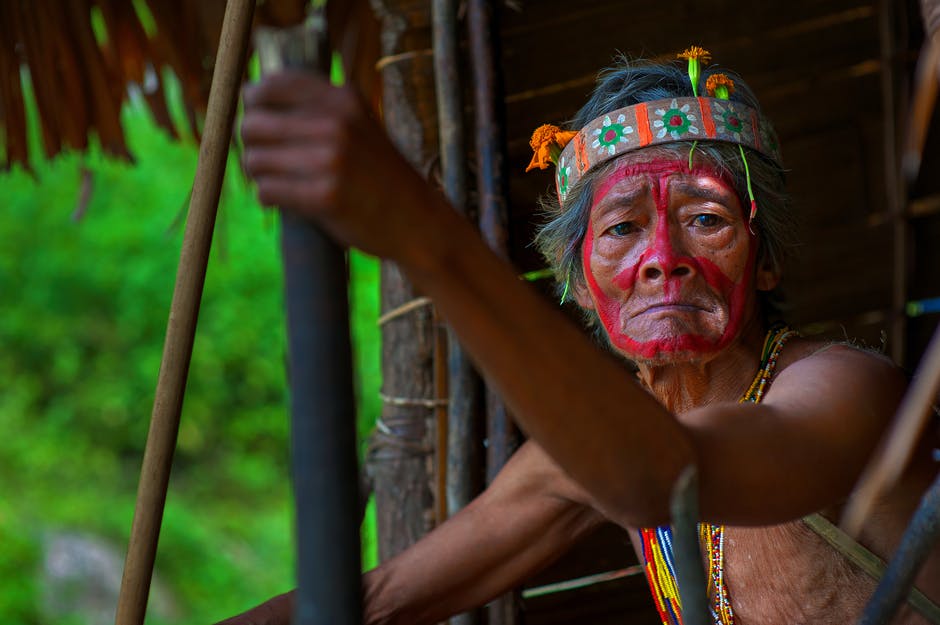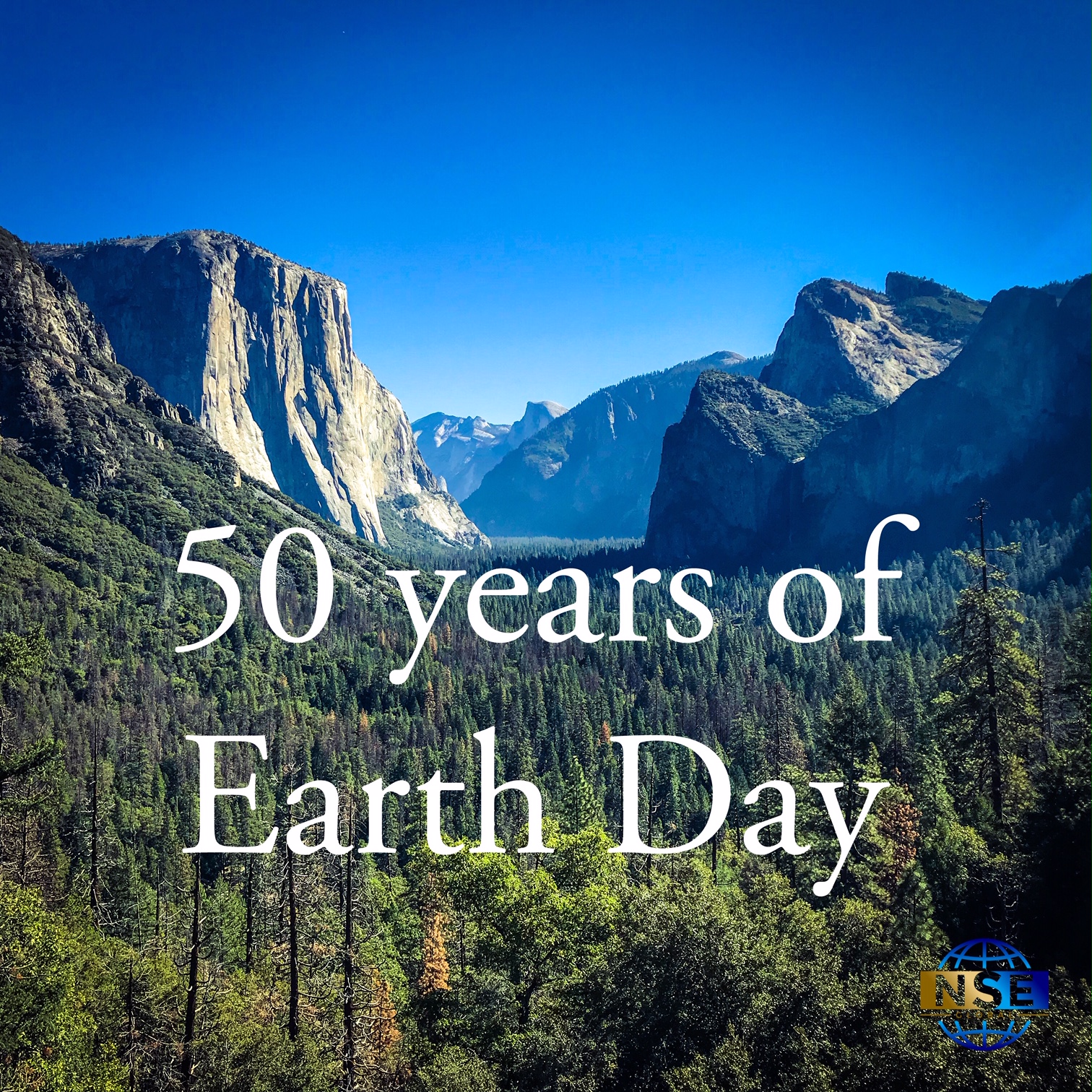The Chumash are a Native American people who have lived along the southwestern coast of California for thousands of years. The children’s book The Rainbow Bridge (1995) by Audrey Wood is a retelling of a traditional Chumash tale about creation. In the book, readers learn of Hutash, the Earth Mother, and how she created the Chumash people out of magical plant seeds. When their island becomes overpopulated, Hutash creates a rainbow bridge so that the people can move to a new land across the water. As they cross over the bridge, some of the people become disoriented and fall into the water. Hutash cannot bear to see them drown, and so she transforms the fallen people into dolphins. The story, like many indigenous tales, suggests that the lives of humans and animals are woven together, and they are intimately bound to the earth, from birth to death.
Indigenous cultures are extraordinarily diverse, occupying unique areas around the world and carrying out their own distinctive rituals and practices based on thousands of years of tradition. One thing indigenous cultures throughout the world tend to have in common is the belief that nature is sacred. The Maori people of New Zealand believe that humans and nature are equals (United Nations Environment Programme). The San people of southern Africa participate in rainmaking rituals, a religious practice that draws on the power of nature (The Ecumenical Review). The Kumeyaay of the Southwestern United States have such a deep relationship with nature that they honor spirit animals (The San Diego Union-Tribune). Indigenous peoples have lived in harmony with nature for thousands of years. In many ways, they are the earth’s first conservationists.
The term indigenous refers to people who maintain ancestral traditions that are distinct from modern society, including distinctive languages and cultural beliefs (United Nations Permanent Forum on Indigenous Issues). It is estimated that there are more than 370 million indigenous peoples spread across 70 countries worldwide. Indigenous home areas include many of the planet’s ecological hotspots. Indigenous territories are home to 80% of the world’s biodiversity (United Nations). Indigenous people have a long history of protecting the natural world and defending their lands from the exploitative environmental practices of modern society. The agricultural practices used by indigenous people, such as water harvesting and crop rotation, naturally enhance food security, maintain biodiversity, and encourage the sustainable management of natural resources (Resilience.org). Livestock harvesting involves taking only what is needed to survive, utilizing all parts of the animal, and only taking large amounts of an animal when large numbers are available.
August 9th commemorates the International Day of the World’s Indigenous Peoples. It was designated in 1994 to raise awareness for the needs of indigenous people globally (United Nations). Indigenous people face many challenges, such as political and economic marginalization, loss of land and resources, discrimination, and unemployment. Indigenous communities are also disproportionately affected by climate change, which exacerbates the other difficulties they face (United Nations Department of Economic and Social Affairs). Western society has contributed to the extermination of indigenous cultures and beliefs for hundreds of years. It is critical that movements towards climate justice and equality are inclusive in addressing the needs and beliefs of indigenous communities.
Thanks to their traditional knowledge and close relationship with the natural world, environmental degradation is happening at a slower rate on indigenous peoples’ lands (Intergovernmental Science-Policy Platform on Biodiversity and Ecosystem Services). Indigenous people, their deep respect for the earth, and boundless knowledge of flora and fauna can show us how to repair the human relationship with nature. Indigenous people should have a strong voice in the designation and management of protected areas and species. Their knowledge, innovations, and practices must be preserved and incorporated into the decisions made in modern society, to create a healthier and more inclusive planet.


